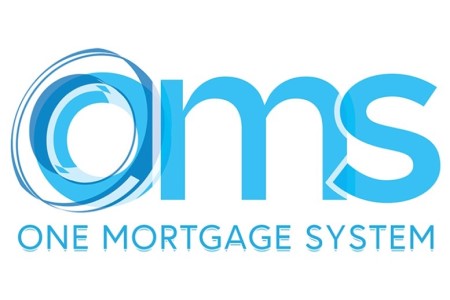With house prices rising sharply and interest rates falling, there’s been a boom in the buy-to-let market. According to Halifax, the average UK house price reached £261,743 in June 2021. This is the highest figure ever recorded and marks an increase of 9.5% over the last 12 months. Unsurprisingly, BTL investments have become more popular as a result. Eager to acquire houses and flats during the stamp duty holiday, investors and landlords have been actively building their property portfolios.
Source: Retail Economics
Booming buy-to-let figures
Moneyfacts’ latest data shows that interest rates on buy-to-let loan products have fallen in the past year, encouraging potential property investors to spend.
Eleanor Williams, finance expert at Moneyfacts.co.uk, recently commented: “As lockdown restrictions begin to ease, the prevailing sentiment in the UK seems to be that of optimism. For a sector that has been beset by various changes and challenges over the last five years or so, the buy-to-let market is exhibiting remarkable resilience.”
Source: Mortgage Finance Gazette
Popularity of BTL investment
Buy-to-lets have always been popular amongst property investors as a way of expanding their portfolios. They generate a monthly income, as well as holding the potential to produce a long-term capital gain over time. This is, again, likely being driven by the stamp duty holiday, which offers buyers tax savings of up to £15,000. Rising house prices due to demand is increasing the deposit size needed for first-time buyers, which could incentivise people to rent rather than buy. With this in mind, and the potential to save such a large amount from stamp duty costs, landlords are actively buying.
But it’s not just property values that are improving. Rental returns are also moving up. In May 2021, the average rental price for a new tenancy in the UK was £997 per calendar month, which is up 4% compared to last year.
Source: HomeLet Rental Index
All English regions saw a rise in their annual rental price. Excluding London, all regions saw increases of over 1%. The capital is falling behind slightly, with rental prices having only risen by 0.1%. However, with higher prices in the capital than the rest of the country before the pandemic, it still makes the highest rental figures per month.
Regions to witness the highest growth in their rental prices for April 2021 are:
- East Midlands and South West at 2.3%
- West Midlands at 2.1%
- North West 2.0%
Source: Gov.uk
Changes to buy-to-let
Buy-to-let investments have been booming in the UK for many years. This drive is largely motivated by the potential capital growth on offer and it’s this prospective long-term equity increase that brings both domestic and overseas investors to the UK property market.
In response to various changes and reforms over the past six years, the BTL sector has had to adapt and overcome many challenges. Nevertheless, despite reforms to both tax and regulation, the UK’s BTL market continues to prove popular among investors:
- At the start of 1991, the average UK residential property value stood at £57,000. Jump forward 20 years and this figure has quadrupled in value, reaching £249,700.
- An additional 3% stamp duty surcharge, introduced in April 2016.
- In April 2017, they introduced a tapered reduction in mortgage interest tax relief with the intention of abolishing it completely by April 2021
- Landlords now receive a 20% tax credit, meaning those paying basic rates will be unaffected, but landlords who pay higher and additional rates will be charged more.
- 2018 saw changes to HMO standards. These resulted in many landlords carrying out significant refurbishment and renovation works within their property portfolios. The changes included prohibiting landlords from renting rooms with less than 6.51 sqm to single adults. For two adults, the figure increased to 10.22 sqm.
- The 2020 pandemic saw many tenants placed on the governments Furlough scheme which was set up to protect UK businesses from shutting down due to Covid-19. To help protect tenants, the government introduced The Coronavirus Act 2020. This act protected tenants by delaying landlord’s ability to evict. Landlords had to provide 6 months’ notice before starting the process. This was set into motion from the 29thAugust 2020 until the 31stMay 2021.
Sources: Land Registry – RICS – Gov.uk
How to finance the buy-to-let boom?
We have seen a notable rise in the number of investors seeking BTL opportunities. The question is, how can we help them effectively take advantage of the buy-to-let boom?
Access to finance is essential – especially during this competitive property climate. Fast bridging loans are often highly sought-after as a specialist loan that enables a quick purchasing process, and they’re in more demand than ever. That’s why we recently launched 753. This is a new initiative that will help fast-track residential property deals in the coming months. We have committed £75 million of funding for residential bridging loans. It provides clients with a loan-to-value of 75% at an interest rate of 0.75%.
You can read our residential and buy to let criteria here.
If you’re looking to invest in a BTL property, or in need of HMO finance, get in touch today. Our team can provide more information about what bridging finance options are available for your circumstances.
Disclaimer
MFS are a bridging loan and buy-to-let mortgage provider, not financial advisors. Therefore, Investors are encouraged to seek professional advice.










